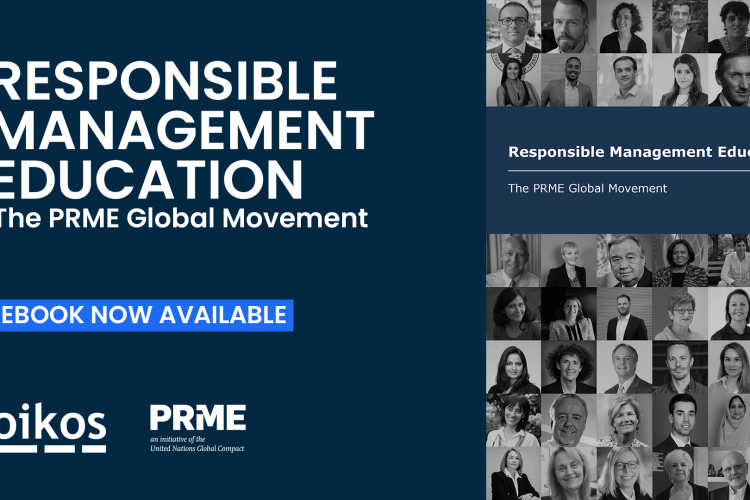Abstract
Friends of the Children, a nonprofit organization in Portland, Oregon, was founded in 1993 by retired entrepreneur Duncan Campbell to serve youth at the highest risk of teen parenting, incarceration, or dropping out of school. Each youth client was matched with a paid mentor from first grade through the end of high school. The costs of this intervention were high, but the outcomes were extremely impressive in each of the three risk areas. The total benefits to society of Friends of the Children’s intervention was estimated at $7 for every $1 spent on the program.
In the United States alone, 2.25 million children under the age of five lived in extreme poverty, one of the key markers of Friends of the Children’s target clients. The organization had written an award-winning business plan to scale their impact nationwide, but needed $25 million to fully fund the new strategy. Key elements of the plan included launching new chapters, hiring more development staff, separating the roles of local chapters from that of the national organization, engaging with additional affiliate partners, and more effectively sharing their model and impact with other organizations, policymakers, and the public.
As Friends of the Children embarked on this ambitious funding campaign and scaling strategy, national President Terri Sorensen faced a series of challenges and potential tradeoffs unique to leading a rapidly-growing nonprofit with social enterprise characteristics. In this case, students are tasked with analyzing a scaling strategy and contrasting the effectiveness of alternative approaches, evaluating the suitability of different funding models (including social impact bonds) for the selected strategy, and performing a simple social return on investment analysis to measure impact.
[table id=124 /]



